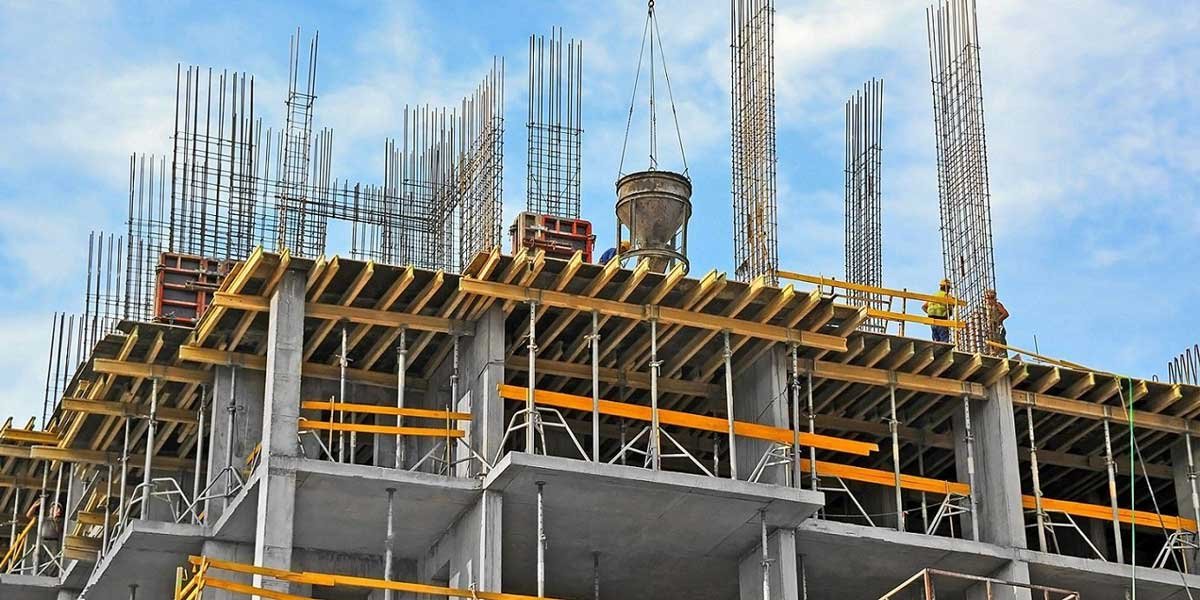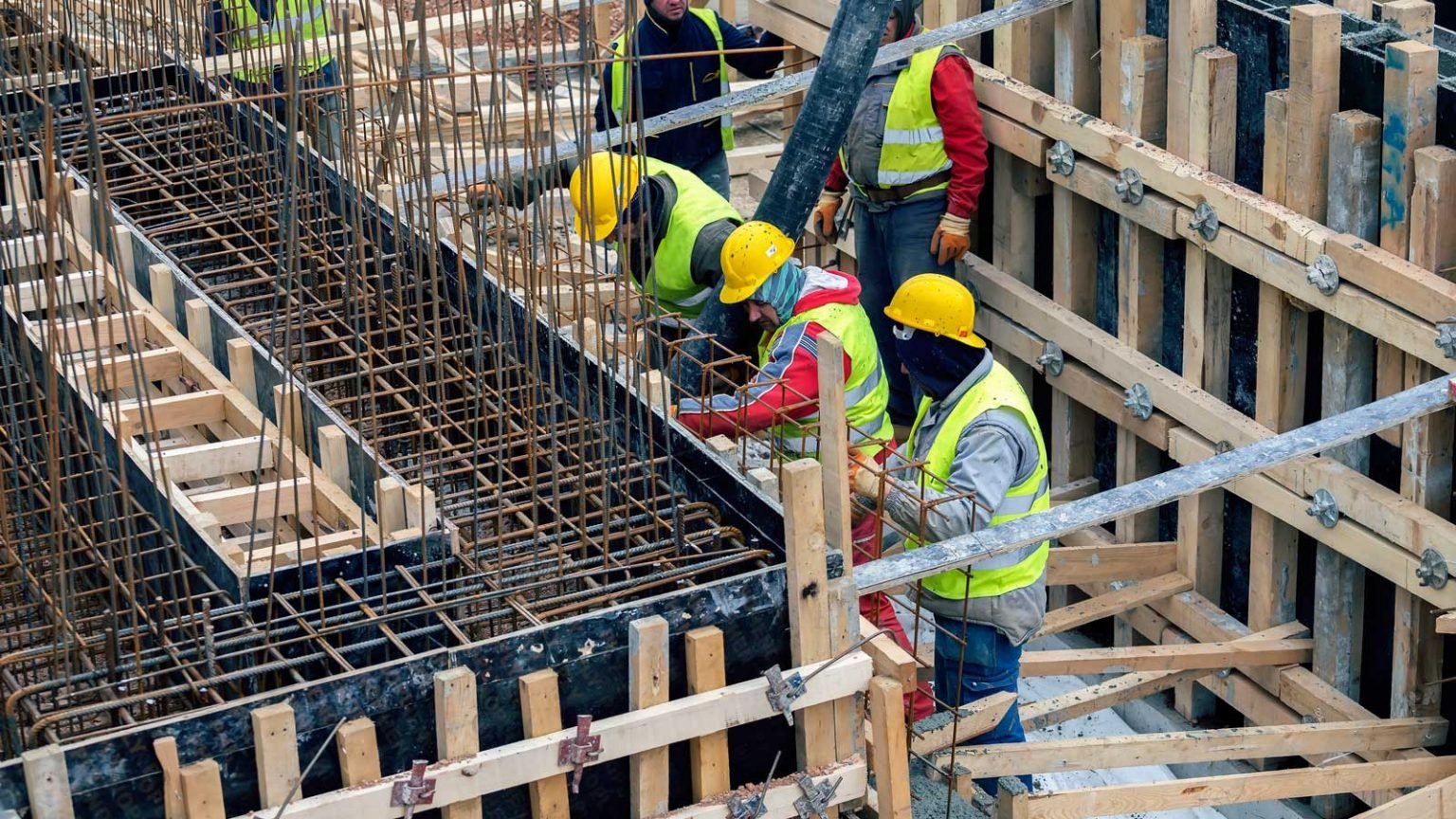Concrete formwork is the utilizing of supporting frames and molds to build shapes out of concrete which is loaded into the molds. There are several different forms of formwork from Cassaform used in construction, typically varying according to what the building specifications and obstacles are.
Formwork is utilized by creating molds out of wood, steel, aluminum, or prefabricated structures onto which the concrete is poured This is then permitted to harden and set after which it is scrapped, or in the case of stay-in-place formwork, it is left as part of the framework.
Formwork enables builders to cast and create the main sections of construction which are needed to be strong and support the framework such as ground and walls, as well as tiny parts of a building such as stairs relatively fast.

Types Of Formwork
There are several various forms of concrete formwork utilized in building. Traditional wood formwork utilizes wood and plywood to form the molds for pouring. This system is inexpensive compared to other methods, but not as successful because wood is not as powerful as metal or steel. However, on complicated parts of buildings that require great attention to detail, timber formwork is still commonly used.
Engineered formwork methods use prefabricated molds constructed from a metal frame, typically either steel or aluminum. Designed formwork is much affordable and faster to use than conventional formwork. The frames are exceptionally solid and rarely need repairing, minimizing costs.
Thanks to the formwork mechanisms being engineered, their construction is quicker and needs fewer resources, again saving resources. Simple structures can be constructed with reusable plastic formwork mechanisms (a type of engineered formwork), which consist of solid, lightweight, interlocking systems.
Stay-in-place formwork is utilized normally for the supporting parts of a configuration This type of formwork consists of enclosing concrete forms which are loaded with strengthened concrete and once set, are left in place.
About Concrete
In building formwork, concrete is utilized to pour in the formwork processes to develop structures or parts thereof. Bricks are made of cement mixed with other materials such as limestone, granite, gravel, and sand and mixed with water to form a combination. After the water has been placed, the mixture undergoes moisturization which is the reaction in between cement and water that contributes to the hard material of concrete which is then utilized for building projects.
As concrete is combined, the success and consistency of the concrete in buildings is recognized as workability. Concrete can be made to different qualities relying on the percentage of water, the form of water, the frame of the mold, how long the cement has been moisturizing for, and the number and quality of cement stored in the mixture. The consistency of the cement is reduced if too much water is used causing the cement to break from the other compounds which make up the concrete mixture.
Conclusion:
Concrete formwork is commonly used in building today. Any construction task is more easily feasible with the many various forms of formwork accessible so different approaches can be used to produce the desired result. Concrete is a nearly indestructible product when reinforced, suitable for major building work, as well as small, accurate and complex structures.

